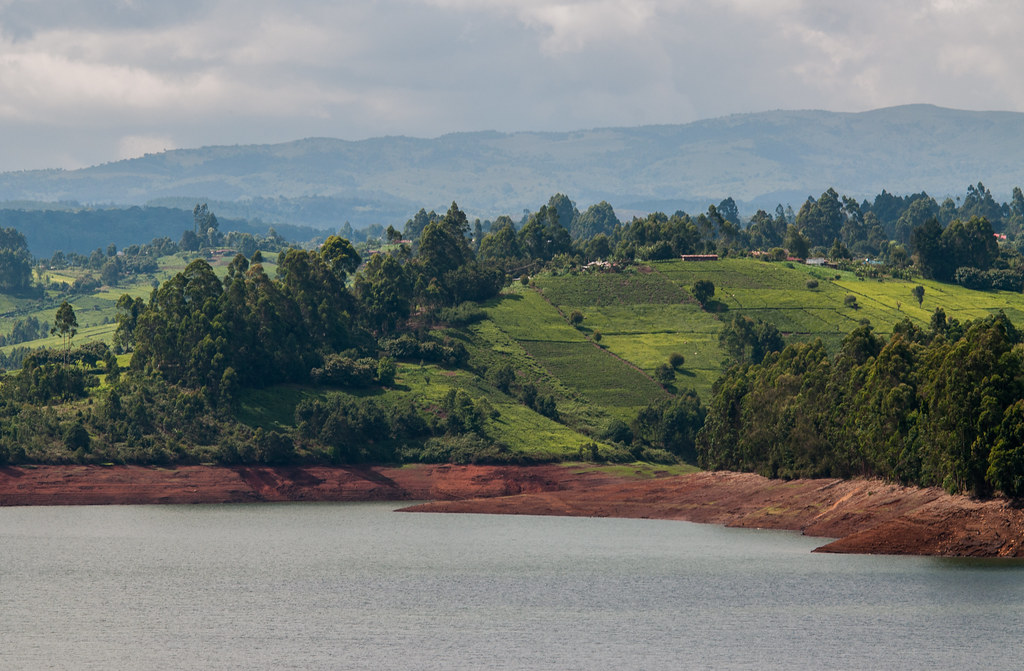
Helping stakeholders in Kenya’s Tana River region manage water resources
According to estimates from the World Health Organization, over half the world’s population will live in water-stressed areas by 2025. Climate change, population growth, and pollution are depleting water sources…
According to estimates from the World Health Organization, over half the world’s population will live in water-stressed areas by 2025. Climate change, population growth, and pollution are depleting water sources across the globe, threatening the livelihoods of millions of people. One particularly high-risk area is Kenya, whose population has quintupled since the 1970s. Water is in short supply, with a 2013 survey reporting that over 60% of Nairobi’s residents are water insecure. Ensuring a steady and healthy water supply will provide valuable ecosystem services and is integral to supporting Kenya’s growing population.
The Tana River supplies 95% of Nairobi’s water and generates half of the energy powering the country (TNC, 2019). It is Kenya’s longest river, flowing nearly 1,000 miles from the Aberdare Mountains in northern Kenya before terminating in a delta at the Indian Ocean. The Tana River Basin covers ~95,000 km2 and is home to millions of farmers, fishermen and wildlife species who depend on the river and its tributaries for their livelihoods. Since the 1970s, the number of small subsistence farms in the upper basin has skyrocketed. The dual effects of climate change and rapid population growth are leading to increased sediment erosion in the Upper Tana River Basin, reducing the capacity of reservoirs and increasing water treatment costs. Water scarcity is predicted to disproportionately affect communities that have least contributed to climate change, such as the millions of farmers and fishermen who rely on the Tana River’s water for economic prosperity and survival. Taking action now to prevent further damage and help these communities preserve their water resources is critical to ensure water security for the region in the future.
To this end, The Nature Conservancy (TNC) created a Water Fund, an organization that brings together public and private stakeholders to address threats to water security at their source through targeted, long-term investments in watershed conservation and management activities. The Nature Conservancy established the Upper Tana-Nairobi Water Fund in 2011 to conserve the health of the watershed and protect Kenya’s water supply. The water fund aims to improve water quality and quantity for all stakeholders, including farmers, Kenya’s hydropower generation and Nairobi’s water supply.
We partnered with IBM and TNC to develop an open water data platform that helps stakeholders in the Tana River region better understand and manage water resources. We will build upon work done by TNC to create a platform that will be easy for government officials and water managers to access and use, allowing local stakeholders to make informed water management decisions. We will gather and analyze publicly available water quality data and socioeconomic characteristics to explore relationships between environmental and social factors that may affect water availability in the area. The final product will offer a simple and effective user experience and will shed much-needed light on the increasing issues of water scarcity and degraded quality in a changing climate.
Student Team Members: Adriana Rangel, Ahmed Elauri, Andrew Johnson, Clara Hu, Liam Maxwell, Nikki Zhang, Sonia Aronson
Advisor: Edith de Guzman
Clients: IBM and The Nature Conservancy
